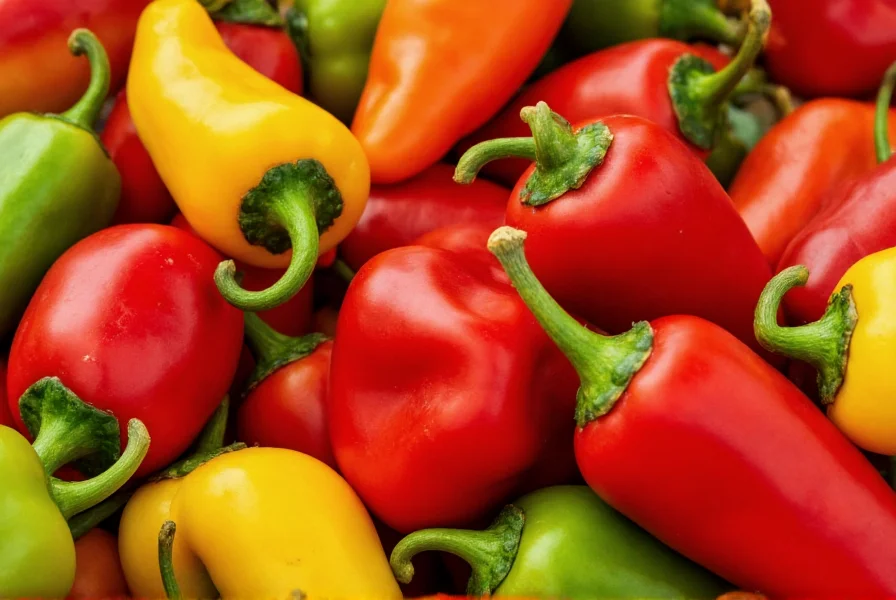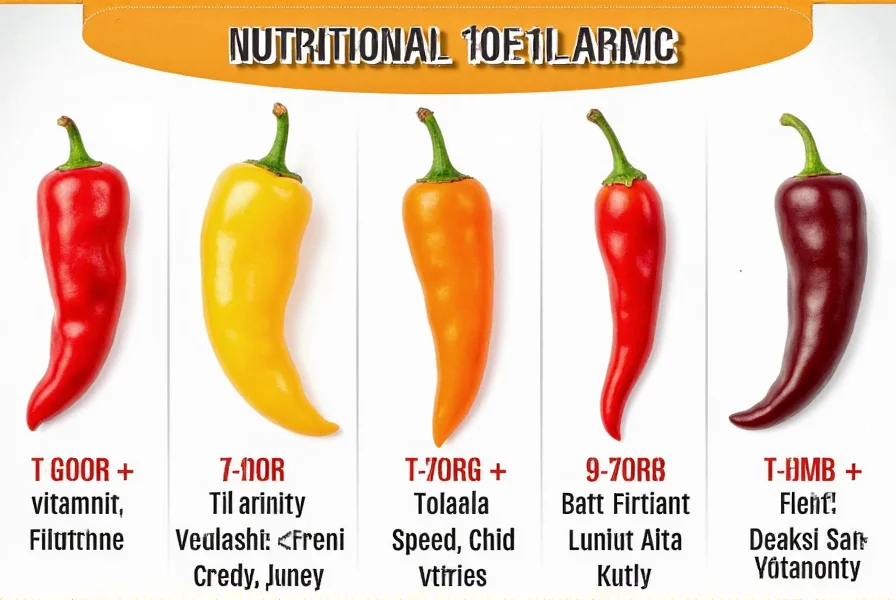When searching for information about \"chilly pepper,\" most users are actually looking for details about chili peppers—the fiery fruits that add heat and flavor to cuisines across the globe. This common spelling confusion stems from the phonetic similarity between \"chilly\" (meaning cold) and \"chili\" (the correct spelling for the pepper).
Understanding the Spelling Confusion
The misspelling \"chilly pepper\" occurs frequently in online searches, but the correct botanical and culinary term is \"chili pepper.\" This confusion likely arises because:
- \"Chilly\" and \"chili\" sound identical when spoken
- Multiple acceptable spellings exist for the pepper (chili, chilli, chile)
- Auto-correct systems sometimes misinterpret the intended word
When researching chilly pepper information, it's essential to use the correct spelling \"chili pepper\" to find accurate scientific, culinary, and agricultural information.
What Exactly Are Chili Peppers?
Chili peppers belong to the Capsicum genus within the nightshade family (Solanaceae). These flowering plants produce fruit that contains capsaicin—the chemical compound responsible for their characteristic heat.
| Pepper Variety | Scoville Heat Units | Common Uses |
|---|---|---|
| Bell Pepper | 0 SHU | Salads, stuffed dishes |
| Jalapeño | 2,500-8,000 SHU | Salsas, nachos, pickling |
| Habanero | 100,000-350,000 SHU | Hot sauces, Caribbean cuisine |
| Ghost Pepper | 855,000-1,041,427 SHU | Extreme heat challenges, specialty sauces |
Measuring Pepper Heat: The Scoville Scale
The Scoville scale, developed by pharmacist Wilbur Scoville in 1912, measures the pungency (spiciness) of chili peppers. Originally determined through human taste testing, modern measurements use high-performance liquid chromatography for precise capsaicin concentration analysis.
Understanding chilly pepper heat levels helps cooks and consumers select appropriate varieties for their tolerance and culinary needs. The scale ranges from 0 SHU (bell peppers) to over 2 million SHU for the hottest cultivated varieties like the Carolina Reaper.

Culinary Applications of Chili Peppers
Chefs and home cooks worldwide utilize chili peppers to enhance flavor profiles beyond just adding heat. Different varieties contribute unique flavor notes:
- Smoky: Chipotle peppers (smoked jalapeños) add depth to Mexican and Tex-Mex dishes
- Fruity: Habaneros and Scotch bonnets provide tropical fruit notes alongside intense heat
- Earthy: Ancho peppers (dried poblanos) contribute rich, raisin-like flavors to mole sauces
- Grassy: Fresh serranos offer bright, herbal notes to salsas and ceviche
When working with chilly pepper varieties, remember that heat concentration is highest in the placental tissue (the white ribs inside the pepper) rather than the seeds themselves.
Nutritional Benefits and Health Considerations
Chili peppers offer impressive nutritional profiles beyond their flavor contributions. A single jalapeño pepper contains:
- 119% of the daily recommended vitamin C
- 29% of vitamin B6
- 16% of vitamin A
- Significant capsaicin with potential metabolic benefits
Research suggests capsaicin may provide several health benefits, including pain relief, improved metabolism, and reduced inflammation. However, those with sensitive digestive systems should moderate their consumption of extremely hot chilly pepper varieties.

Growing Your Own Chili Peppers
Home gardeners can successfully cultivate various chili pepper types with proper care. Key considerations include:
- Climate: Most varieties require warm temperatures (70-85°F) and plenty of sunlight
- Soil: Well-draining soil with pH between 6.0-7.0 works best for chilly pepper plants
- Watering: Consistent moisture without waterlogging prevents blossom end rot
- Harvesting: Peppers can be picked green or allowed to ripen to red, orange, or yellow
For those interested in growing specific chilly pepper varieties, researching the particular needs of your chosen cultivar will yield the best results. Some extremely hot varieties require special handling precautions during harvest.
Frequently Asked Questions
Is chilly pepper the correct spelling for the spicy fruit?
No, \"chilly pepper\" is commonly a misspelling. The correct spelling is \"chili pepper\" (also spelled \"chile\" or \"chilli\"). \"Chilly\" refers to cold temperatures, while \"chili\" refers to the spicy fruit from Capsicum plants.
What makes chili peppers hot?
The heat in chili peppers comes from capsaicin, a chemical compound concentrated in the white pith and seeds. Capsaicin triggers heat receptors in your mouth, creating the burning sensation we perceive as spiciness. The amount of capsaicin determines a pepper's position on the Scoville scale.
How can I reduce the heat when cooking with chili peppers?
To reduce heat when working with chili peppers, remove the white placental tissue and seeds where capsaicin concentration is highest. Cooking peppers can mellow their heat slightly, and pairing with dairy products (like yogurt or milk) helps neutralize capsaicin. Start with small amounts and taste as you go when adding to recipes.
Are there health benefits to eating chili peppers?
Yes, chili peppers offer several potential health benefits. They're rich in vitamins A and C, contain antioxidants, and capsaicin may help with pain relief, metabolism boost, and reduced inflammation. Some studies suggest regular consumption might contribute to longevity. However, those with digestive sensitivities should consume spicy peppers in moderation.
What's the difference between chili powder and cayenne pepper?
Chili powder is typically a blend of ground chili peppers and other spices like cumin and garlic powder, varying in heat level. Cayenne pepper is made from a specific type of chili pepper (Capsicum annuum) and is generally much hotter, ranging from 30,000-50,000 Scoville units. Cayenne is pure ground pepper without additional spices.











 浙公网安备
33010002000092号
浙公网安备
33010002000092号 浙B2-20120091-4
浙B2-20120091-4